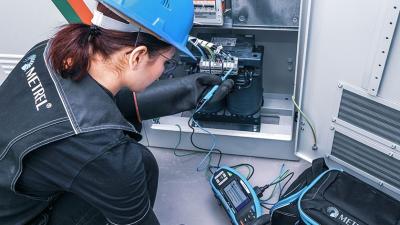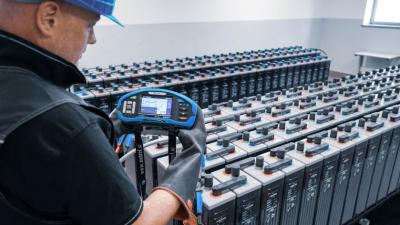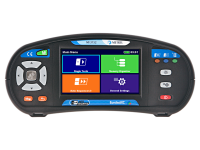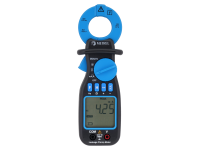EVSE construction and testing
Special locations
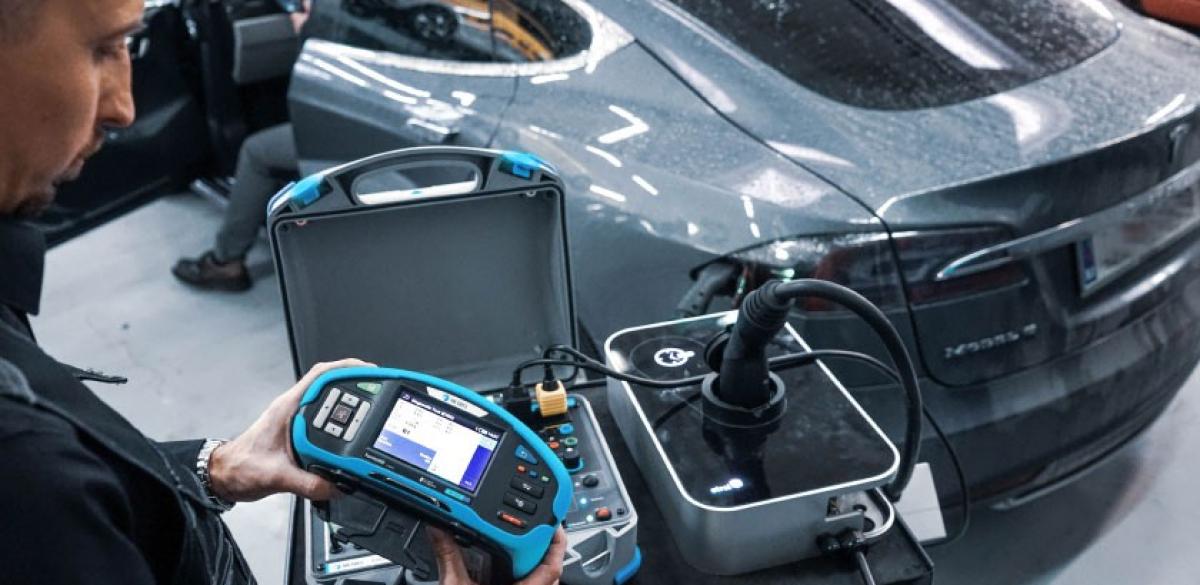
Electric mobility has become a powerful trend in recent years. The network is expanding rapidly, the cars are being developed at break-neck speed, and the standardisation organisations are struggling to keep up.
Electric Vehicle Supply Equipment (EVSE) stations are the face of the network, the part that the customer comes into contact It means the system of supply from the network and the hardware that enables plugging into the car. For most customers, it is the most powerful electric device or piece of installation they regularly see. In 2019, fast chargers can deliver up to 120 kW, with 350 kW stations planned. It can be considered either a fixed-installed device or a part of the installation.
Historically, one could plug the car into just about any outlet of an installation to charge it. Some owners carried a range of converters, and manually adjusted the chargers in the cars to draw just as much current as the installation would allow. This limited the charging speed prohibitively, and it depended entirely on the protection measures within the installation. The charging station can be installed making higher power available, it provides a much faster charge and is equipped with extra safety devices. Functional features and testing are covered in the standard group IEC/EN 61851.
There are 3 possible setups for car charging:
- Case A: cable integrated into the car (not available in practice),
- Case B: cable detachable at both ends,
- Case C: cable integrated into the charging station.
There are currently 4 levels of charging ability and safety features:
- Mode 1: charging in case B directly from domestic outlet to the car with a normal cable. 1 phase could provide up to 240 V/16 A, 3 phase allowed up to 480 V/16A. Not allowed in most EU countries.
- Mode 2: charging in case B from domestic outlet using a cable with extra protective devices. 1 phase could provide up to 240 V/16 A, 3 phase allowed up to 480 V/16A.
- Mode 3: charging from an EVSE configured as in case B or C. 1 phase could provide up to 250 V/70 A, 3 phase allowed up to 480 V/63A.
- Mode 4: fast charge with specialized EVSE, configured as case C. DC charging with 300-500 V and up to 350 A allowed in standard, currently up to 125 A in practice.
The Standard for connectors in the EU is the CCS (Combined Charging System) Type 2, also called mennenkes or Type 2 combo. Present are also others like: Tesla superchargers, Type 1, Type 1 combo, CHAdeMO, etc.
The charger and the car communicate using a simple protocol called Control Pilot. Different voltage levels on pulsed signal define 5 states of charging: State A: not connected, State B: connected and locked – not charging, State C: connected and charging, State D: connected and charging on a station with or without ventilation, State E: error. Apart from charging state, the car and station also communicate the highest current that can pass between them over a separate port named Proximity Pilot. The value is read from pulses’ duty cycle, and is currently only defined for up to 50 A.
Cars in 2019 have up to 100 kWh battery storage. Charging them at 63 A takes about 2h to 100%.
Recommended inspection intervals are half a year for cables and a year for a whole system in public use. tests include visual and functional inspections, continuity measurement, insulation measurement, RCD test, impedance tests, and optionally leakage current. MI 3155 in combination with A 1532 or A 1632 can thoroughly test the station using the EVSE Autosequence. Refreshed standard IEC/EN 61815 requires testing for protection from 6 mA DC current – the RCD or similar protection has to trip when such current is detected. This is included in the MI 3155’s EVSE Autosequence.
Measurements
A 1532 EVSE adapter is the basic accessory for testing the charging stations. It simulates the car to test the function of Control Pilot and Proximity Pilot. It performs electrical tests on its output socket. It is supported by Autosequence®s in MI 3155 and MI 3152.
A 1632 is a different kind of the instrument. It is designed to thoroughly test the charging station on both the installation and the output sides. It can test Mode 2 and Mode 3 cables and monitor communication between station and car. Rather than for periodic testing, it is meant for installation tests and equipment producers. Professional reports for both station and cable status can be created in Metrel electrical safety management software (MESM).

